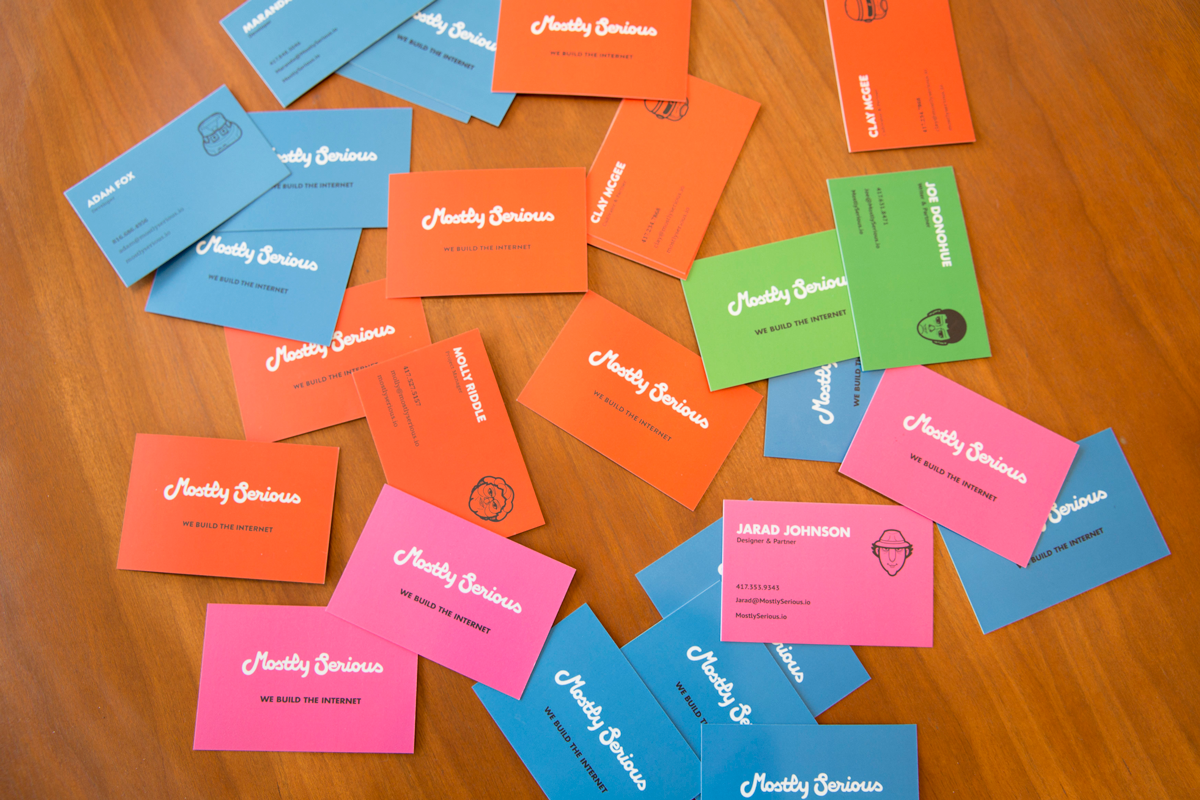When it comes to modern marketing, you may have heard the saying that “content is king”—but that phrase is really only half right. Any blog, web page, or social media post worth its weight should not only have great content but great visual content as well. In fact, multiple studies have shown that social media posts containing images perform better than text alone, and leaning on strong visuals for support can even account for higher information retention rates over time.
But between the grind of daily social media posts, digital advertising, website and blog post needs, the demand for content can leave any small business marketing department feeling the crunch on producing quality images. Some companies can staff or hire a photographer, but many find themselves on the DIY end of a camera phone lens to manage their visuals. If your business’ self-portrait approach is producing less than stellar results, read on for our best advice on creating images that resonate with your audience—and fit within your capabilities.
6 Photo Tips
1. Find Your Light

For an easy and natural staff portrait, we placed our engineer, Aimee Hendrycks, facing a large window in our office.
If there’s one thing that’s important above all else in photography, it’s the need for good light. Good lighting will make your subject look better, your focus sharper and your colors brighter. So if you’ve been getting grainy, blurry, or dingy images, it’s likely that you just haven’t been bringing enough light into the equation. While your first instinct might be to flip on all the light switches in the room, don’t start there. Artificial ceiling lights or lamps often tend to be of a yellowish hue that bring an unnatural warmth to your photos, and on-camera flashes can add harsh shadows and a washed-out look. For the best lighting possible, find a spot with nearby window light, open the curtains and turn off the overhead lights. Make sure your subject is facing the light (rather than backlit) and snap away.
2. Build an Image Bank
.png)
Finding fresh, interesting photos for your social media posts, email newsletters, and other projects can be a challenge, and it’s hardly in the budget for most small businesses to hold a new photo shoot for every initiative that comes up throughout the year. Alternatively, you can invest in the time, energy (and budget, if you choose) to build up a set of general company assets that you’ll be able to grab from throughout the year whenever a need comes up and add to it over time. The kinds of images you’ll want depend on what your company does, but here’s a good basic shot list from which to start:
- Your space: Take a look at all the places in your environment that convey what you do. Sure, rooms, furniture and lobbies count, but also look for details that speak to your company’s identity and culture. For example, at Mostly Serious, we might have felt a little silly photographing our company coffee mugs, but in the right context, they speak to our team's individuality and collective devotion to pouring a big cuppa joe to help us get the job done.
- Your products: Take photos of what your company makes, sells, or offers. Don’t have a tangible product? Take some time to brainstorm what images might represent your services or offerings best.
- Your signage: Get photos of all the places where your brand identity is visible. You might have your logo on the door or an outdoor sign. Maybe it’s on vehicles or in a cup of branded ink pens on your reception counter. It might even just be a wall that’s painted in your company color.
- Your team: Get individual shots of each of your team members in a way that’ll be easily repeatable when you add new hires down the road and work on finding a consistent look for headshots that brings a cohesive feel to your team shots. Get a good balance of individual and group shots, but don't rely too heavily on team photos to carry your branding, as all teams change over time with employee turnover.
- Office life: Capture the things that you might see any given day in your office: meetings, collaborative sessions, people at work. You might have to do some staging, but try to encourage everyone to get relaxed and go through real motions to capture the most natural-looking images.
3. Change Things Up

Whenever you decide to take a photo, take a look around and see if there are any other interesting ways to frame up your shot beyond whatever your first idea was. You could decide to get up high on a stool or chair, down low to the ground, look over someone’s shoulder, or zoom in on their hands as they write on a whiteboard or notebook. If you’re photographing small objects, food, or products, it might make sense to lay them on a flat surface and point the camera down in a trendier, overhead style.
4. Keep an Eye Out

Sometimes the daily grind and regular routines can have the effect of desensitizing us to recognizing little moments throughout the day that might otherwise make for a really great photo. Make it a habit to keep your eye out (and camera phone handy) to document good opportunities when you see them. These instances might be company gatherings where you notice some great interactions, a friendly client meeting, new product arrivals, or a seasonal celebration worth sharing.
5. Be Your Own Editor
If you’re working with a photographer, they’ll be able to add the finishing touches that will give your photos a polished, cohesive look utilizing their well-honed skills in professional editing software like Adobe Photoshop or Lightroom. However, if you’re DIYing or just needing to edit a candid shot for a social media post, you still have some really powerful (and often free!) tools available to you. Check out photo editing apps like Afterlight ($0.99), A Color Story (free), or VSCO (free) that all have basic edit settings with some fun other features. Like so many other things, though, less is more here, so avoid very heavy filters and stick to a few primary settings for best results:
- Brightness/Exposure: If your image could use just a little more light, bump up the brightness incrementally.
- Temperature/Warmth: If your image has a yellowish cast that might have come from a lamp or overhead light, try bumping down the warmth to the cooler, or blue side of the scale until the image looks more balanced and natural.
- Contrast: Experiment with bumping up the contrast incrementally to add a wider range of shadows and highlights.
If you do decide to add a tasteful filter, stick with one and use it regularly so your photos all have the same look over time.
6. Know When to Go Pro
It’s true that today’s camera phones have put the incredible power to shoot beautiful images in our back pockets, but there’s also no denying the value that a professional photographer’s eye, experience, and creativity can bring to your business images. Here are a few instances where you might decide to hire a pro to get you started.
- You have a hard-to-shoot environment: Your building might be low on light or otherwise logistically tough to capture. Professional photographers can scout your space and bring the right lighting and lenses to perfectly capture your space.
- You need help with art direction: Do your photos look too stiff or posed? A photographer can help coach your team into finding relaxed and natural scenes that can result in a more flattering feature for your business. If you need help with ideation, a photographer can also help you brainstorm interesting shots that you might otherwise never have thought to take.
- You have the budget: Quality photography is a worthy marketing spend if you have the budget. Hiring a photographer to help you establish a basic bank of images (see tip #2) will not just make your Facebook or Instagram account look better, but can also be used to freshen up other marketing materials, such as your company website, blog posts, annual reports, slideshow presentations and more. As a bonus, the on-brand, visual content will definitely resonate with your clients.
At Mostly Serious, we love helping our clients navigate the complicated world of digital marketing, including compund content campaigns that are visually stunning and work for their needs. If you'd like to learn more about how we can help your company reach its creative goals, reach out to us today.